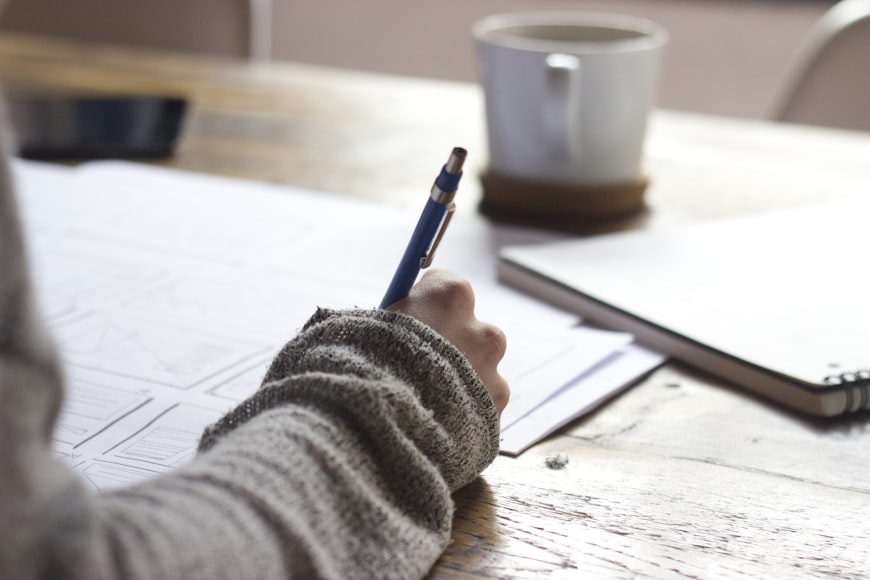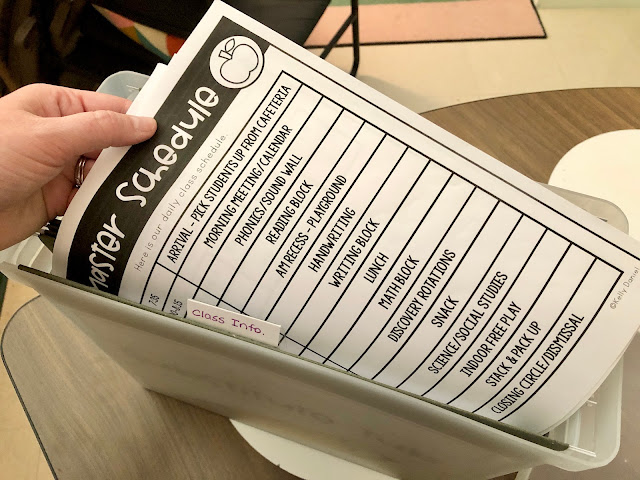February 26, 2023
Sub Tub: Complete Sub Plan Lesson Plans for Fall
We've all been there as teachers...
...needing to call in and take a day (or a few) and stressing over how to prepare and plan for having a substitute while you're away. I remember feeling so ill one time and while keeled over my laptop I was quickly putting together a sub plan, emailing my team, linking all the things...and I remember thinking to myself: never again!
Prepping for a sub shouldn't be stressful and one way to beat that stress is to have a system in place where all of your emergency sub plans are already prepped and sitting, waiting to go. For me, that's the SUB TUB!
What is a Sub Tub?
What's inside a Sub Tub?
Prepped Kindergarten Plans!
What's Included?
- Phonics: missing ABCs, beginning sounds, rhyming words, letter sound hunt
- Reading: story map, story elements, favorite part and favorite character response sheet
- Writing: name practice, rainbow writing, and basic writing template paper for writing prompts
- Math: number tracing 1-20, pumpkin 10-frames, subitizing color-by-number, comparing sets, one more/less practice
Sub Tub Template
February 15, 2023
Science of Reading: Level A Guided Plans
If you've been teaching these last few years you've probably noticed a big shift in literacy instruction. The latest approach is called the Science of Reading. Last year my district here in Texas made the leap and all teachers, veteran to new, was required to take the new SoR training.
What makes this approach different than all the others, and one I'm personally on board with, is that it is research and evidence supported. Much of the SoR training had us learn about the parts of the brain and how it acquires language. With this knowledge, teachers are better equipped to implement reading instruction in a way that supports student learning. After my own training I had a better idea on what best practices are for teaching reading at the kindergarten level.
Launching SoR in Kindergarten
Guided Reading with Pre-Readers
Scripted Lesson Plans
Then, in the lesson itself you introduce the grapheme (the letter form) as well as the mouth formation and articulation of the letter sound. I've provided these cards in the resource as well so all you have to do is print and go! I keep a binder with my lesson plans printed and any additional visuals, activities, etc. ready to go so that when I pull my groups my lesson is already prepared.
Additional Resources
Hey there!
















